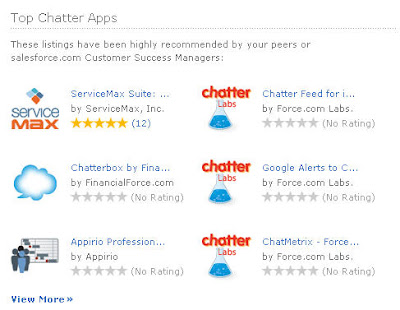While American political scandals can involve “hiking the Appalachian trail” and having 50th birthday guy-on-guy tickle-fests, Bulgarian political scandals revolve around tending virtual cows in Farmville.
Yep, here in the U.S., we have presidential candidates screwing around on their cancer-suffering wives. In Bulgaria, they have city council members bringing shame on their families by playing a Facebook game during budget meetings.
The subject of our discussion today is one Dimitar Kerin, of the Bulgarian nationalist party Ataka. Dimitar (we’ll just call him “Dim” for short) lives in Plovdiv and up until recently was a member of the Plovdiv city council.
Plovdiv is not a small city. It is the second-largest city in Bulgaria, with about 380,683 residents. It’s also economically successful, with its GDP growing at about 12-13% each year.
Given that the city was taking in some quality cash, the Plovdiv city council decided to invest some of their tax take into 51 shiny new laptops for their 51 city council members.
This, apparently, has become a regrettable mistake.
Dimitar, it seems, discovered Facebook. Then Dim discovered Farmville, where he tasted of the forbidden fruits of virtual cow milking and virtual crop tending.
“Hello, my name is Dim and I have a problem”
What got Dim into real trouble was not that he’s a Farmville junkie. What got old MacDimitar into trouble was that he lost all control of his need to plant seed.
He would farm at home and he would farm at work and he would farm the whole live-long day. But worst of all, he would farm in the middle of city council budget meetings, when he was supposed to be using his city council-provided laptop for, you know, budget stuff.
To his other city council members, and particularly to Chair of the Council, Ilko Iliev, Dim became a FarmVillian.
A few days ago, Dimitar Kerin’s surreptitious use of farm-eceuticals finally reached a cluck-cluck here and a moo-moo there and pretty soon his goose was cooked.
Of course, Dimitar claims he’s not the only council member planting his seeds in the virtual world. In fact, he blames a Democrat, Daniela Zhelyazkova.
Daniela is a member of the right-wing Democrats for Strong Bulgaria party and she’s at level 46, while Dim is merely at level 40.
With a vote of 20 votes for and 19 votes agains, Dim was dumped from his committee and fired. Now, according to former council member Todor Hristov, farmer Dim has “more time for his virtual farm.”
The lure of the virtual
Last week, I wrote how how people were endangering themselves and others while texting. Today, I’ve talked about a man who’s ruined his career because of his relationship with virtual farm animals.
Digital technology is wonderful, but we need to keep an eye on the real world, too. If we’re not careful, pretty soon the lure of the virtual world could cause real damage to us in the physical.
































